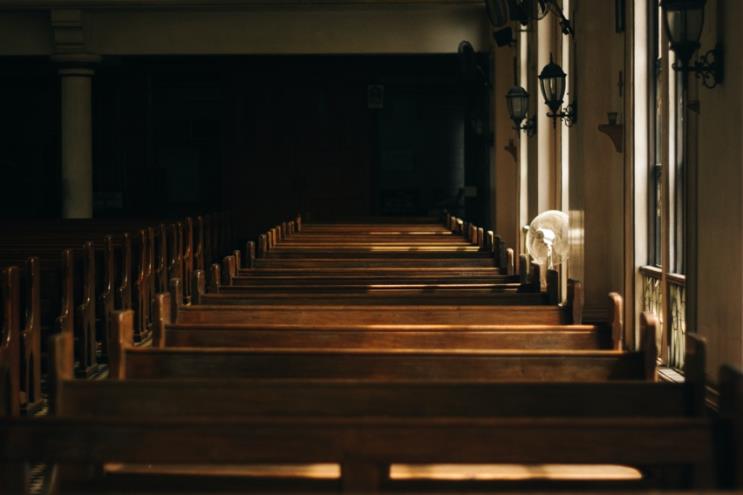
The unpredictable course of the coronavirus pandemic at this stage makes it difficult to know its long-term effects on religious institutions and communities. In the short-term, it’s obvious that the virus and the various social and political responses to it have rapidly reshuffled the communal practices of religious groups, most notably seen in the  rapid adaptation and expansion of online services. While several countries are about to relax measures imposed for containing the spread of the virus, its consequences will impact the churches for a longer time, reports RW associate editor Jean-François Mayer on our partner website Religioscope (April 26, 2020). While experts hold different views about consequences and even discuss a possible spike in religiosity once the crisis is over, as one can see by reading a conversation on the website of the UK-based Centre for Geopolitics, Mayer argues for a contextualized assessment and focuses on Western countries. The pandemic has come at a time when historical churches have not been on the rise in the West. Due to preexisting trends in less frequent participation even by those who are still practicing, the inability for people to attend physical worship during a more or less extended period of time is likely both to strengthen the resolve of the strong believers to persevere and to accelerate the decline in religious participation among the less convinced ones, who will have become accustomed to not going to church on Sunday. Fr. Bill Grimm, a Maryknoll missionary living in Japan, expects that “the most noticeable change will be a large reduction in the size of communities,” although some will manage much better (La Croix International, April 23, 2020).
rapid adaptation and expansion of online services. While several countries are about to relax measures imposed for containing the spread of the virus, its consequences will impact the churches for a longer time, reports RW associate editor Jean-François Mayer on our partner website Religioscope (April 26, 2020). While experts hold different views about consequences and even discuss a possible spike in religiosity once the crisis is over, as one can see by reading a conversation on the website of the UK-based Centre for Geopolitics, Mayer argues for a contextualized assessment and focuses on Western countries. The pandemic has come at a time when historical churches have not been on the rise in the West. Due to preexisting trends in less frequent participation even by those who are still practicing, the inability for people to attend physical worship during a more or less extended period of time is likely both to strengthen the resolve of the strong believers to persevere and to accelerate the decline in religious participation among the less convinced ones, who will have become accustomed to not going to church on Sunday. Fr. Bill Grimm, a Maryknoll missionary living in Japan, expects that “the most noticeable change will be a large reduction in the size of communities,” although some will manage much better (La Croix International, April 23, 2020).
In many countries facing the pandemic, funerals have only remained possible with the attendance of a handful of close relatives at best. In the most secularized Western countries, funerals are one of the rare opportunities for priests and pastors to address audiences they do not reach otherwise. While the consequences cannot yet be evaluated, this episode might well leave traces, especially since restrictions—even with some relaxations—might well extend for a longer period. Economic consequences will also be felt by churches, since the suspension of public worship means that collections can no longer be conducted in the usual way. Moreover, when public worship resumes—with restrictions at a first stage—older people, who have been constantly warned to be cautious, might well delay attending, which will also mean decreased income for congregations. And expected economic hardships as well as rising joblessness will leave some believers with limited financial resources. As public worship resumes, there will be limitations in several countries to the number of people allowed to gather at the same time. Possibly for months, they will be required to keep physical distance among each other. This will have an impact especially on those churches gathering in packed places, but also more generally on community experience.
(“Will the COVID-19 pandemic lead to a global spike in religiosity?” https://centreforgeopolitics.org/will-covid-19-make-people-more-religious/; “Analyse : les Églises chrétiennes face au coronavirus — bilan intermédiaire et perspectives https://www.religion.info/2020/04/26/analyse-les-eglises-chretiennes-face-au-coronavirus-bilan-intermediaire-et-perspectives/)